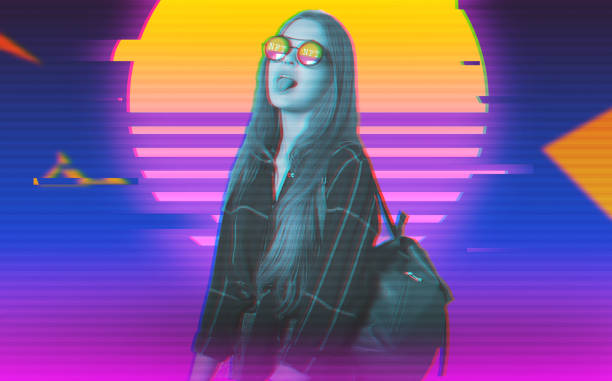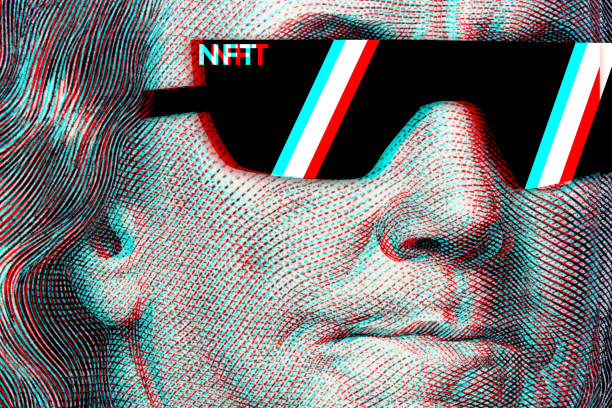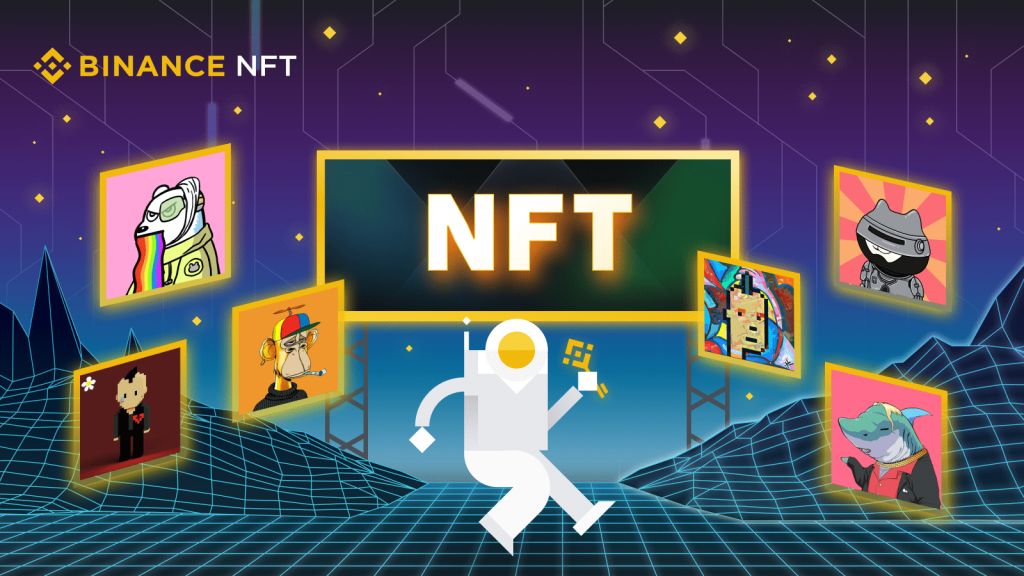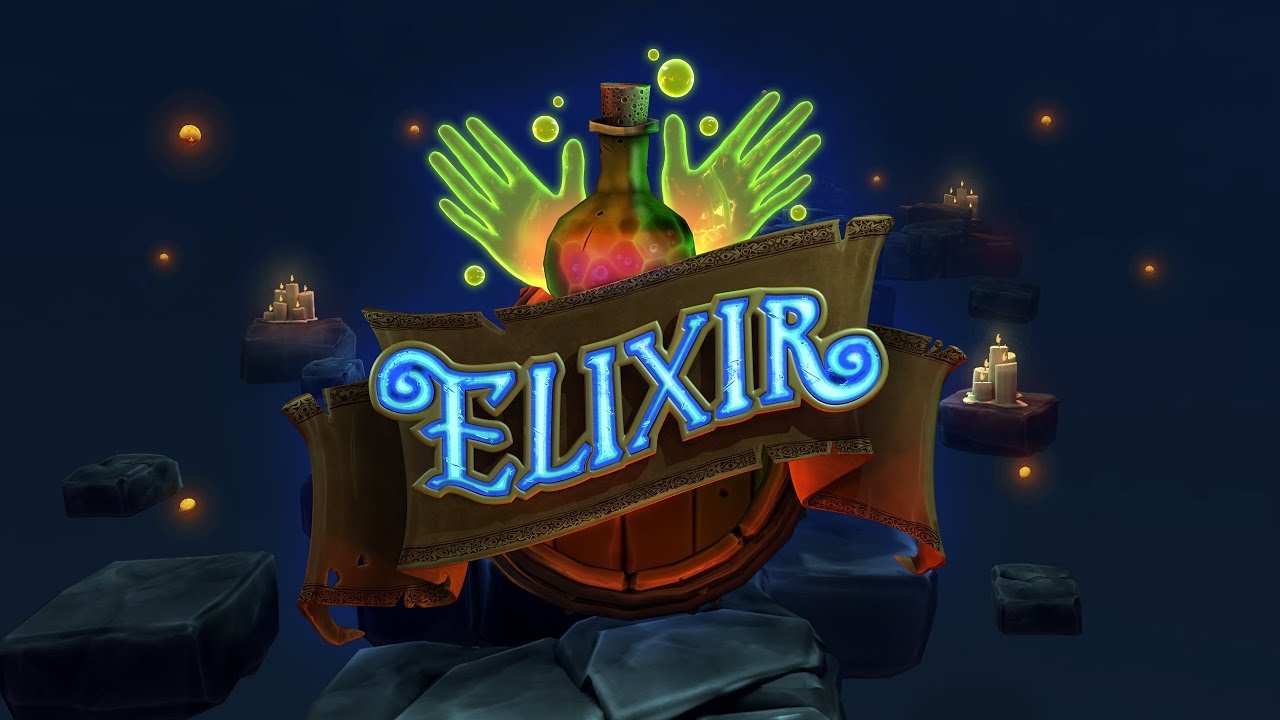NFTs seem to be taking over the world. The rise of Web 3.0 and the Metaverse are expected to disrupt many sectors of the global economy. The billion-dollar global fashion sector will not be spared. As the world shifts from the physical to the digital realm, traditional fashion designs can change into virtual wearables that users can leverage in real life and augmented reality (AR).
The managing director at Magnetic Capital and member of Red DAO, Megan Kaspar, said that she thinks that the digital fashion nonfungible tokens (NFTs) will grow to become the biggest NFT category of Web 3.0:
Digital fashion NFTs include clothing, shoes, jewelry, accessories, and more that can be worn virtually or within gaming ecosystems. These digital wearables are currently being used for speculative investment and collecting, to clothe avatars in decentralized games, to wear in augmented reality environments, and to be superimposed onto photos and videos.”
Red DAO is a fashion-focused decentralized autonomous organization. While Kaspar is quite aware that the digital wearables are getting leveraged in decentralized gaming environments currently, for instance, the NFTs used in Decentraland, she highlighted that in the coming two years, wearable fashion will become more interactive.
Recently, Kaspar demonstrated how virtual NFT earnings together with other accessories can be won in video interviews.
Wear-to-earn NFTs Models Enter Fashion Sector
Kaspar also said that a ‘wear-to-earn’ model will thrive in augmented reality environments, noting that brands, designers, and retailers will design and create clothes to accommodate various digital closets. She also noted that designers will pay consumers to wear their virtual items to develop long-term relationships with the consumers:
Brands will compensate customers for wearing pieces by giving them access to exclusive items or airdropping fashion pieces to their virtual wallets, or by paying them in the form of a fungible token.”
Based on the statement by Kaspar, the Italian luxury fashion house Dolce & Gabbana will soon launch “D&G Family.” These are a group of community-based NFT drop happening on the UNXD curated marketplace. She added:
This will give consumers access to exclusive physical apparel only available through the drop.”
Recently, Dolce & Gabbana launched their “Collezione Genesi” NFT collection to further underpin the power of metaverse wearables.
While Kaspar expects that UNXD will be the first luxury brand to launch wear-to-earn features; other NFT networks have begun adopting this concept. For instance, one NFT project from the startup studio Unopnd, Davaproject, is now creating a system of avatar NFTs that portray changes in different combinations on a blockchain network.
One recent announcement alleges that the project will first feature 10,000 avatars NFTs called “Dava.” Dava will be minted with 30,000 wearable items. Notably, Davaproject will set the rarity of every wearable, indicating different rankings across a user dashboard.
The owners will then enjoy benefits like NFT airdrops, invites to community events, giveaways, and new item drops by wearing the items. Given the rise of virtual wearables, the editor-in-chief at Vogue Singapore, Norman Tan, said that he is bullish on digital fashion.
Tan recently introduced Vogue Singapore’s September issue that represented the theme of ‘New Beginnings.’ That September issue featured a unique print cover that came in the form of a QR code acting as a portal to two digital-only nonfungible tokens (NFT) covers. Tan stated:
Fashion and innovation have always been at the heart of what we do at Vogue Singapore. With the global September issue theme of ‘New Beginnings,’ we took the bold step to venture into the metaverse — the destination for a new class of digital artists and designers.”
Digital fashion will disrupt the Metaverse and virtual wearables will help in mitigating sustainability issues by creating a post-waste economy. Based on Kaspar’s sentiments, 40% of the western closets go unworn. She said that digital clothes can be an eco-friendly replacement for physical items.

Moreover, virtual fashion shows are more accessible and sustainable. For instance, NFT Runway, which is a firm democratizing fashion by supporting brands to deploy in different sustainable ways, will host a digital fashion show on December 3-5 during “Fashion Community Week San Francisco.”
This interactive fashion show will be published and broadcast live in the Metaverse; with NFT representations of physical items recreated through patented 3DREALTM technology. This strategy will enable audience participants to virtually ‘hop on’ the runway to view every item while twisting their avatar around to enable them to view the clothing on display from every angle.
Ohzone Inc is the company that developed Ohzone’s 3DREALTM highly interactive technology. The chief operating officer of Ohzone, Inc, Oh Tepmongkol; said that it is crucial for virtual and real-world fashion shows to integrate NFTs in their operations:
They are tokens that serve as certificates of authenticity; and they can bring a lot of additional utility to any clothing item. That could mean unlocking a digital version of the item or gaining special access to the designer’s online community. Plus, NFTs are easy to include, as they can be incorporated through a small QR Code for any piece of apparel.”
Tepmongkol also stated that NFT wearables make it quite easy for anyone who wishes to donate to charities. For instance, NFT Runway’s digital fashion show will feature an auction to benefit several non-profit organizations with the revenue generated from sales.
Based on a statement by Tepmongkol, smart contracts on the blockchain will enable NFT Runway to set up “NFT endowments.” She stated:
This is where charities can be set up to receive a portion of the sales through the smart contract in perpetuity.”








1 comment